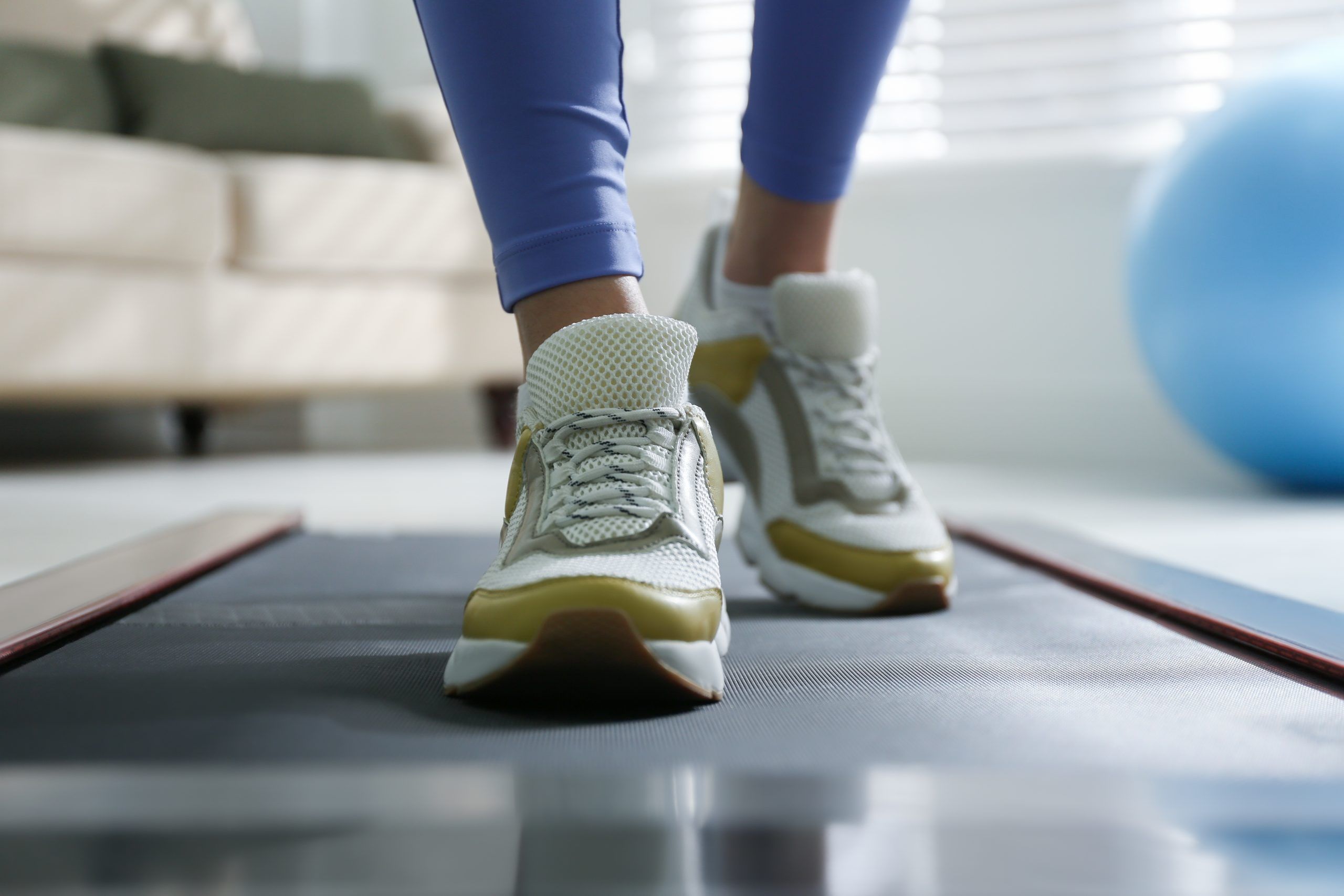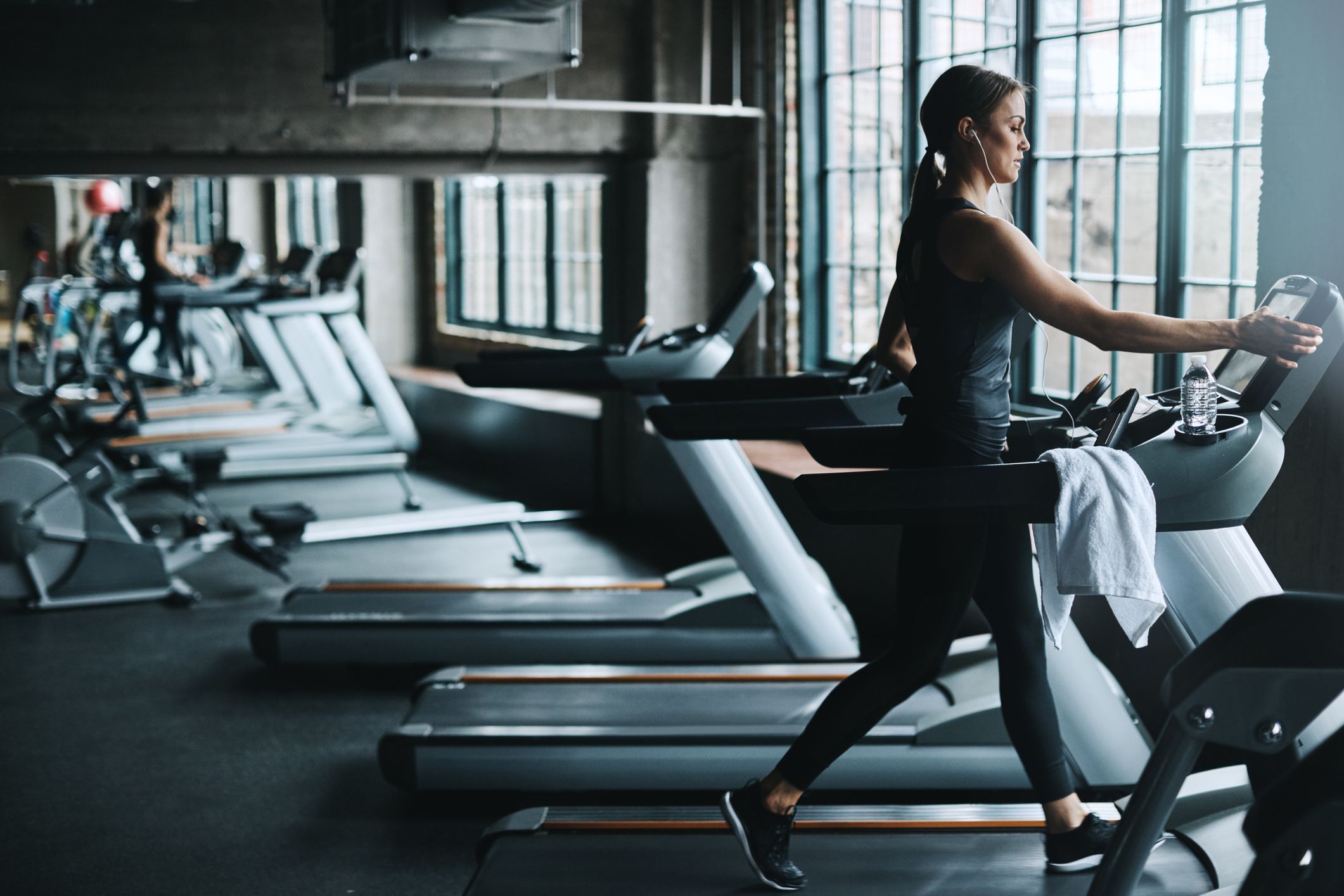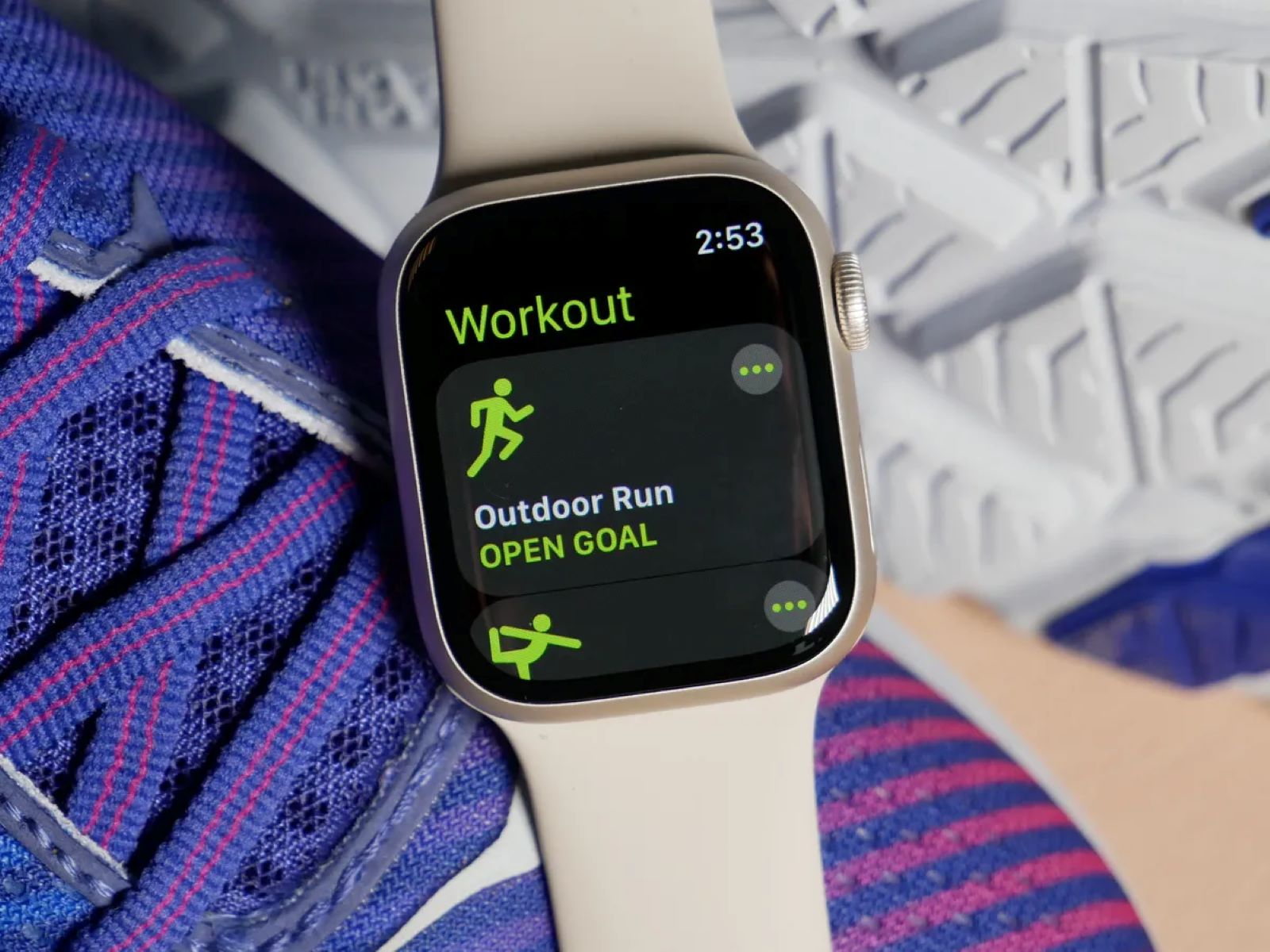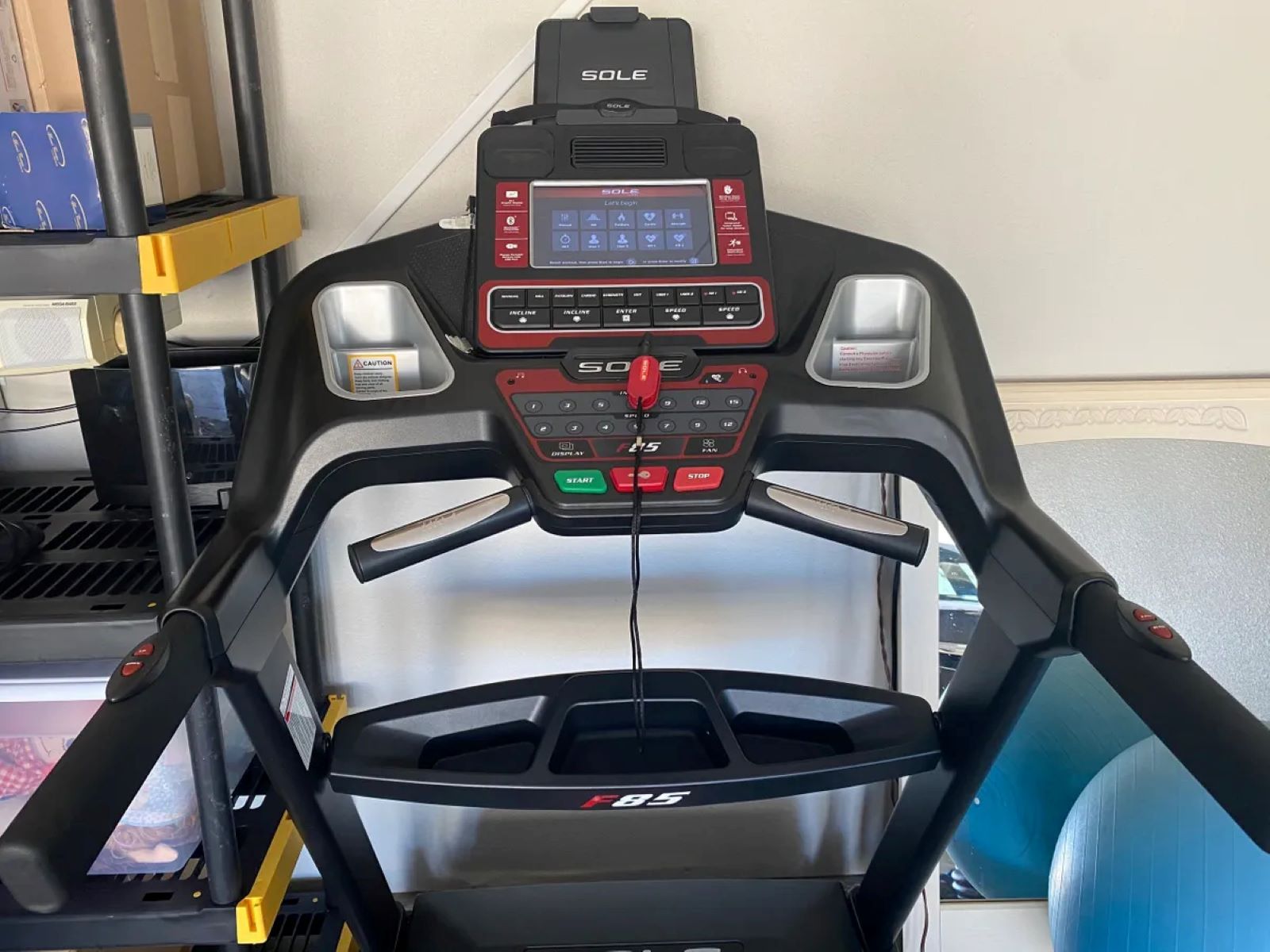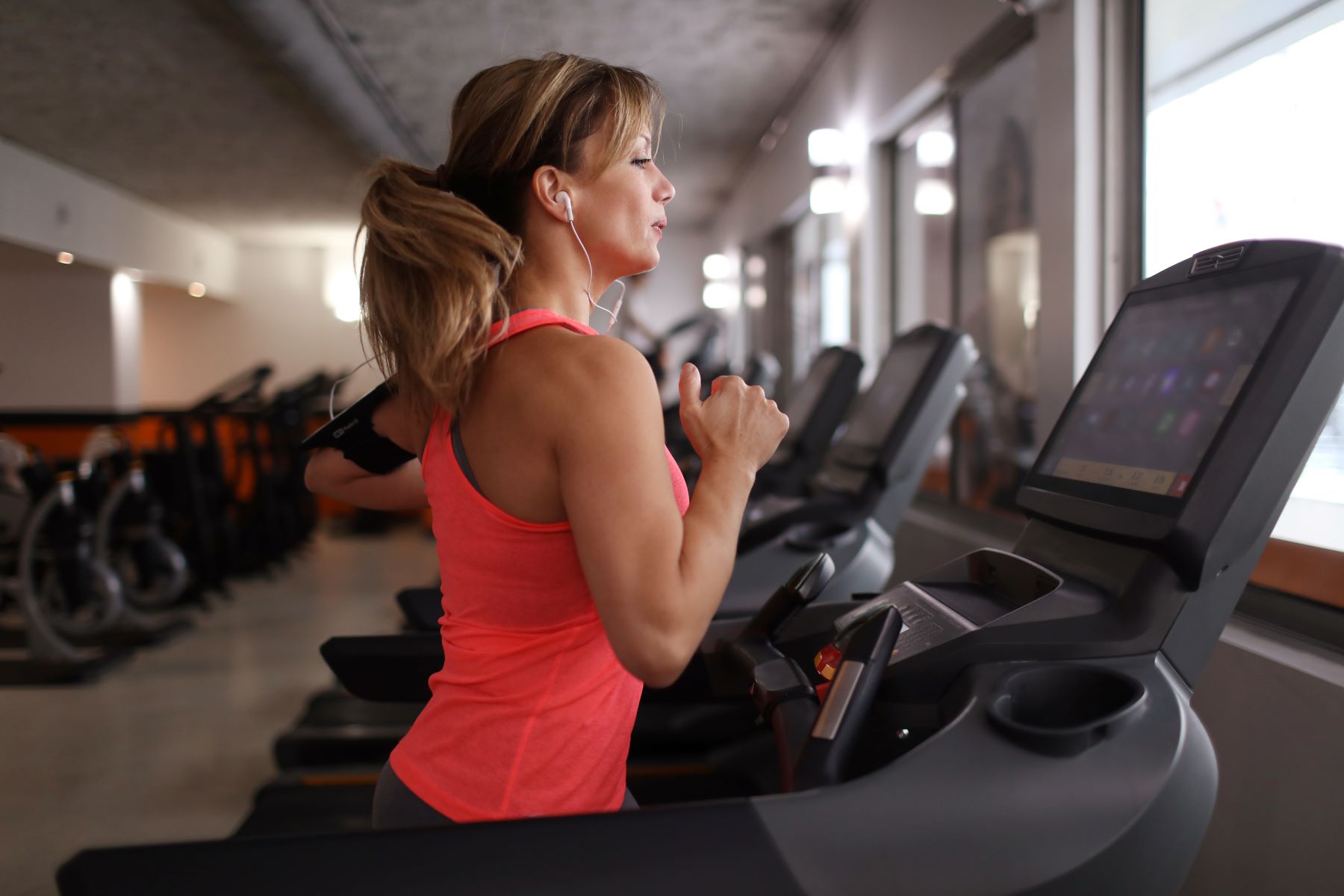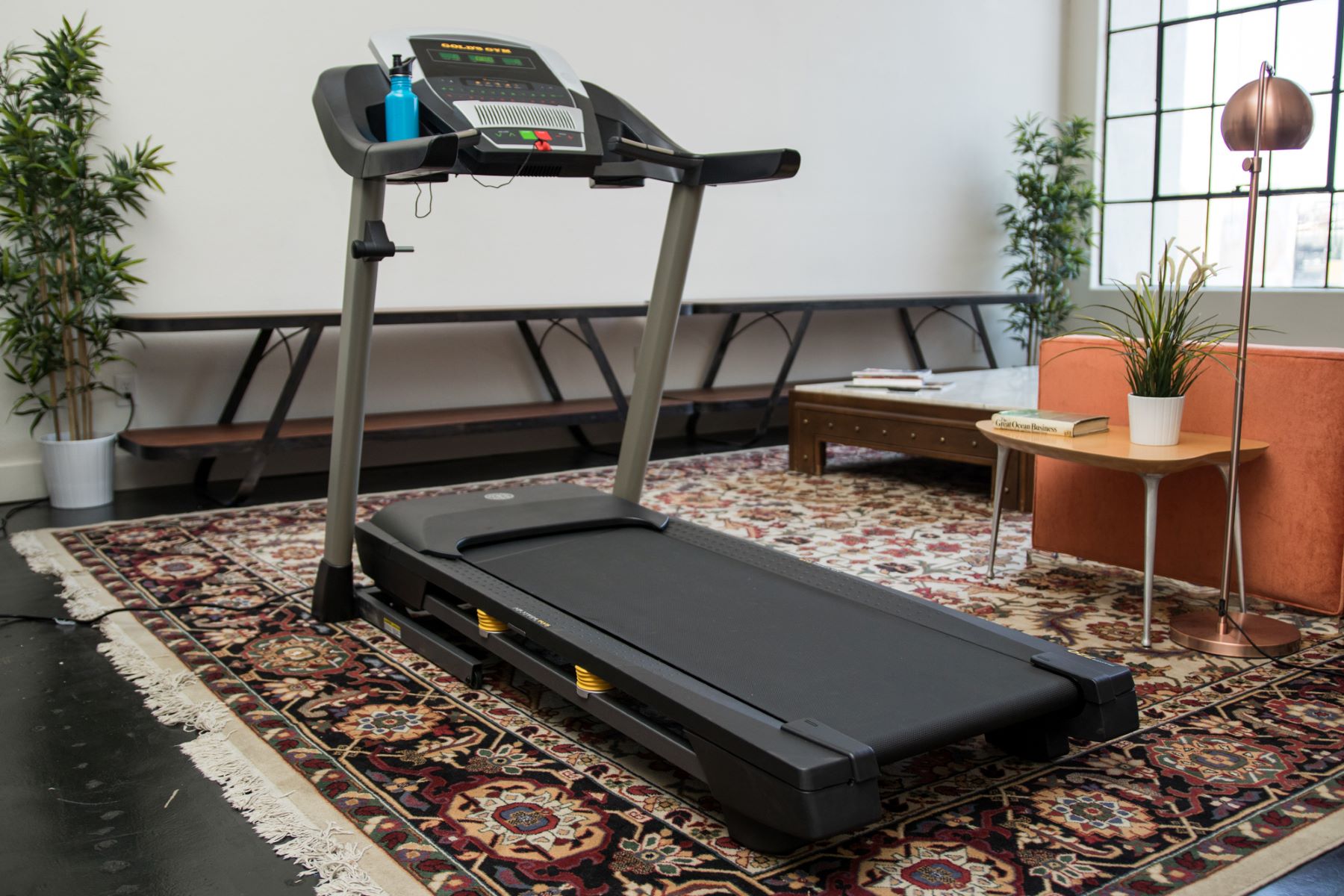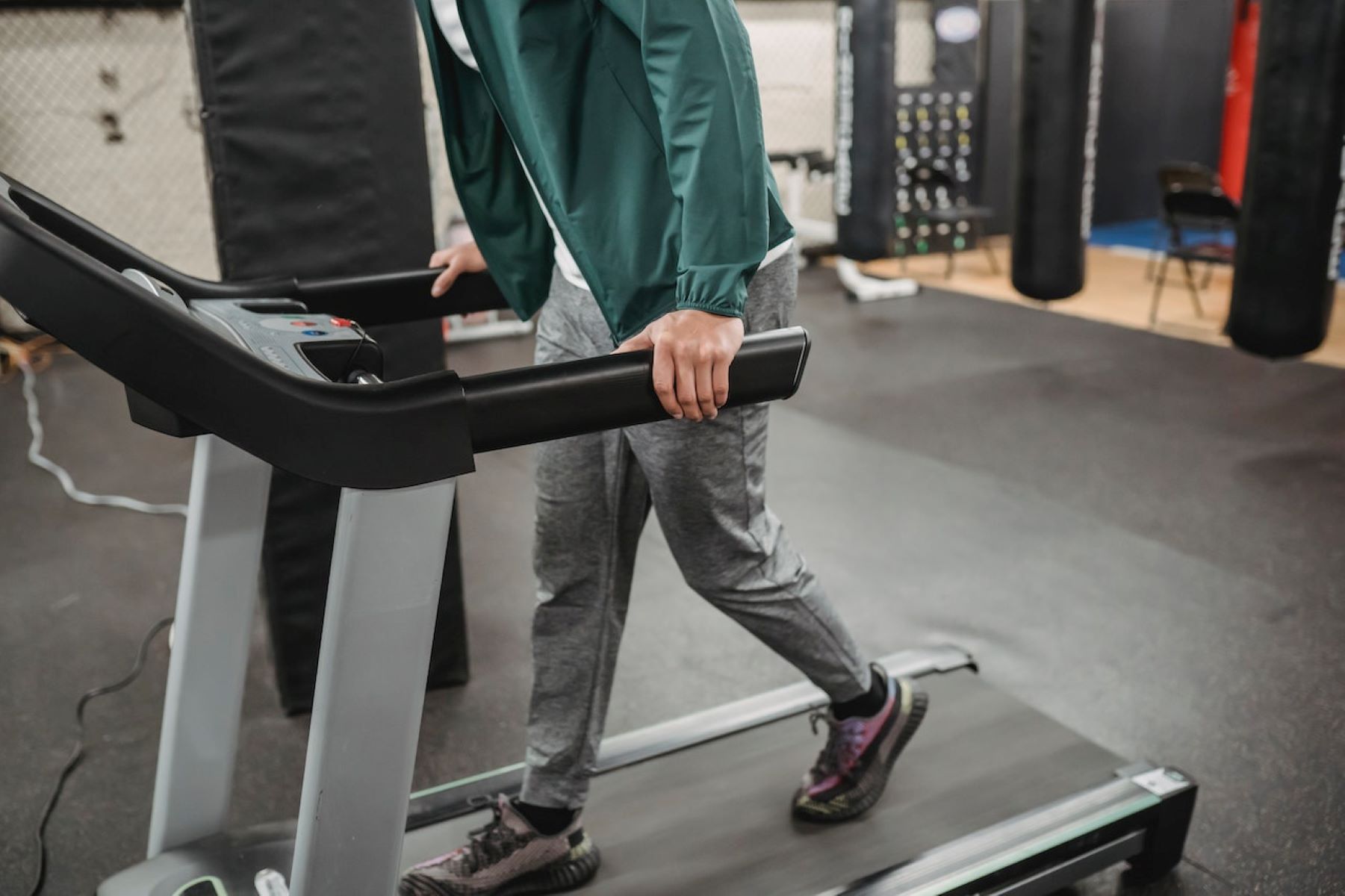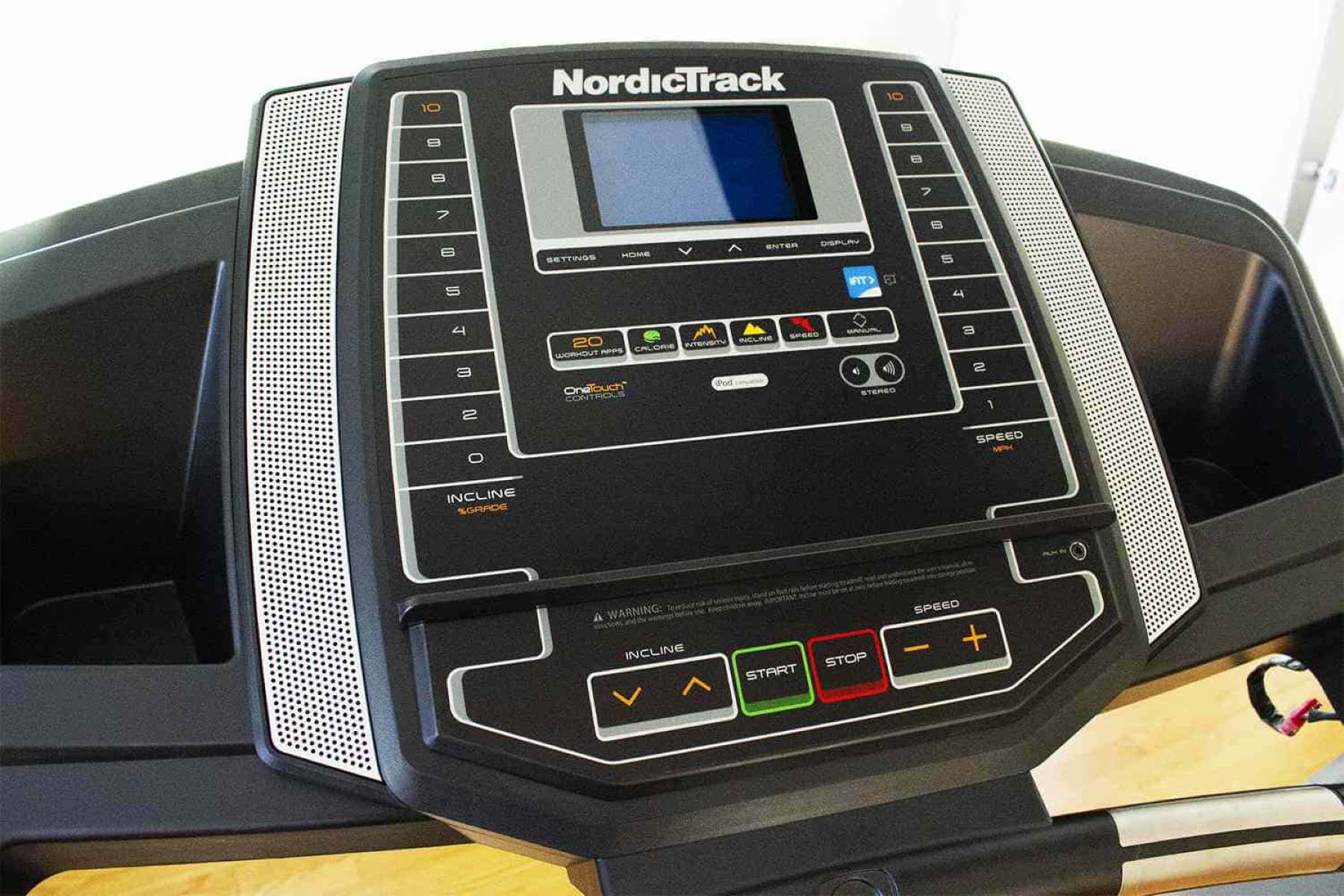Home>Misc>Featured>How To Calibrate Apple Watch To Treadmill
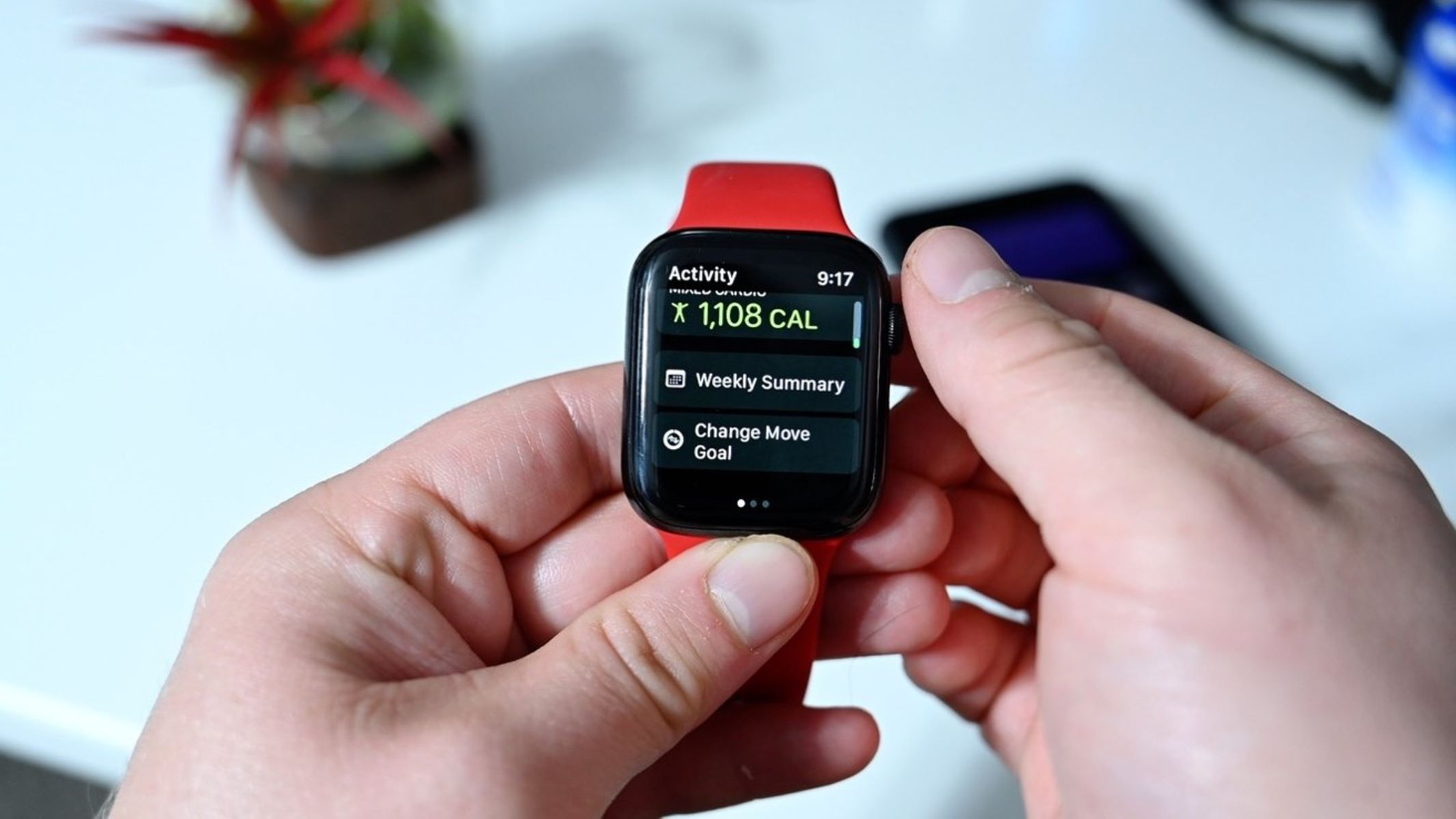

Featured
How To Calibrate Apple Watch To Treadmill
Modified: January 2, 2024
Learn how to calibrate your Apple Watch to accurately track your treadmill workouts with our comprehensive guide. Get featured tips and tricks to optimize your fitness routine.
Introduction
The Apple Watch has become a popular fitness companion for many individuals, offering a range of capabilities to track and monitor workouts. One of its key features is the ability to track treadmill workouts, providing users with valuable insights into their exercise routines and progress. However, for accurate tracking, it is essential to calibrate your Apple Watch to the treadmill.
Calibrating your Apple Watch to the treadmill ensures that the distance, pace, and calorie measurements are as accurate as possible. This calibration process allows the watch to learn and adapt to your treadmill’s specific stride length and other variables, resulting in more precise tracking during indoor workouts.
By properly calibrating your Apple Watch to the treadmill, you can rely on its data to accurately reflect your performance and progress, allowing you to set and achieve your fitness goals more effectively.
In this guide, we will walk you through the process of calibrating your Apple Watch to a treadmill, step-by-step. We will also provide some valuable tips to ensure the most accurate calibration possible. So let’s dive in and get your Apple Watch ready to track your treadmill workouts!
Why Calibrate Your Apple Watch?
You may be wondering, why is it necessary to calibrate your Apple Watch to the treadmill? The answer lies in accuracy. While the Apple Watch uses various sensors and algorithms to track your movements and calculate workout metrics, it may not always be perfectly calibrated out of the box.
Calibrating your Apple Watch to the treadmill helps improve the accuracy of your workout data, providing you with more reliable insights and measurements. Here are a few key reasons why calibration is essential:
- Accurate Distance Tracking: By calibrating your Apple Watch to the treadmill, it adapts to your stride length and accurately calculates the distance you cover during your workout. This ensures that your distance metrics are reliable and help you gauge your progress effectively.
- Precise Pace Measurement: Calibration allows your Apple Watch to account for the varying pace on a treadmill. It takes into consideration the different speeds you set, providing you with accurate information on your pace throughout the workout. Whether you’re performing intervals or maintaining a steady speed, you can trust the pace measurements displayed on the watch.
- Improved Calorie Burn Estimates: Calibrating your Apple Watch to the treadmill helps it better estimate the calories you burn during your workouts. By considering factors like your weight, heart rate, and intensity, the watch can provide a more accurate representation of your calorie expenditure. This information can be vital if you’re using your workouts to manage your weight or reach specific calorie-related goals.
Overall, calibrating your Apple Watch to the treadmill ensures that you can rely on the data it provides to accurately track your progress, set realistic goals, and make informed decisions about your fitness journey. By taking a few minutes to calibrate your device, you will enhance your overall user experience and maximize the benefits of using an Apple Watch for your treadmill workouts.
How Does Apple Watch Track Treadmill Workouts?
With its advanced sensors and algorithms, the Apple Watch can accurately track your treadmill workouts. Understanding how it does this can help you appreciate the intricacies of the tracking process and appreciate the accuracy it offers.
The Apple Watch uses a combination of sensors and data to track your treadmill workouts:
- Accelerometer: The built-in accelerometer in the Apple Watch measures your wrist movements during your treadmill workout. It detects changes in acceleration, allowing the watch to determine your running or walking pace. This information is crucial for calculating your distance, pace, and even steps taken.
- Prior Running History: The Apple Watch takes into account your previous running or outdoor walking workouts to better understand your stride length and technique. By analyzing this historical data, the watch can adjust its calculations and provide more accurate measurements during treadmill workouts.
- Heart Rate Monitor: The heart rate monitor in the Apple Watch plays a significant role in tracking treadmill workouts. By monitoring your heart rate, the watch can estimate your calorie burn and exertion level. It can also determine the intensity of your workout, helping you gauge how hard you’re pushing yourself.
- GPS (Optional): While the Apple Watch does not have built-in GPS for indoor workouts, it can rely on your iPhone’s GPS to track your outdoor runs or walks. If you choose to use your iPhone during a treadmill workout, the watch can combine the accelerometer data with GPS data to provide more accurate metrics, such as outdoor distance covered.
Through the integration of these various sensors and data points, the Apple Watch creates a comprehensive view of your treadmill workout. It considers factors like pace, distance, steps, heart rate, and intensity to deliver accurate and detailed metrics for your fitness tracking needs.
It’s worth noting that initially, the Apple Watch’s tracking may not be entirely accurate out of the box. This is where the calibration process comes into play, as it fine-tunes the watch’s calculations based on your specific treadmill’s characteristics and your individual running or walking style.
Now that we have an understanding of how the Apple Watch tracks treadmill workouts, let’s move on to the next section to learn how to calibrate your watch and ensure the utmost accuracy in your workouts.
Step-by-step Guide to Calibrate Apple Watch to Treadmill
Calibrating your Apple Watch to the treadmill is a straightforward process. Follow these steps to ensure accurate tracking during your indoor workouts:
- Start by opening the Workout app on your Apple Watch.
- Select the workout type that corresponds to your treadmill activity. For example, if you’re running on the treadmill, choose the “Outdoor Run” workout.
- Before you begin your workout, set your desired pace or select the appropriate speed on your treadmill.
- Begin your workout by tapping the “Start” button on your Apple Watch’s display. Make sure to keep your arm swinging naturally as you exercise.
- Allow a few minutes for your Apple Watch to detect your running or walking pace and adjust the tracking accordingly. This initial phase helps the watch gather data to establish a baseline for future workouts.
- Continue your treadmill workout as usual, maintaining a steady pace and following your desired routine.
- Once you have completed your workout, end the session by pressing the “Stop” button on the Apple Watch.
- After ending the workout, the Apple Watch will display a summary of your session. Take a moment to review the data and ensure its accuracy.
- If you notice any discrepancies or deviations from your actual performance, it may be necessary to repeat the calibration process to refine the tracking capabilities of your Apple Watch.
- For subsequent treadmill workouts, simply follow steps 1-9, and your Apple Watch will use the calibrated settings to track your progress more accurately.
Keep in mind that calibration is an ongoing process, as your running or walking technique and treadmill settings may change over time. Periodically re-calibrating your Apple Watch ensures that it adapts to these changes and provides reliable tracking during your indoor workouts.
Now that you have calibrated your Apple Watch to the treadmill, it’s time to explore some useful tips to ensure the most accurate calibration possible. Let’s move on to the next section.
Tips for Accurate Calibration
While calibrating your Apple Watch to the treadmill is a simple process, there are a few tips you can follow to ensure the most accurate calibration possible. These tips will help you get the most out of your workouts and track your progress effectively:
- Choose a Familiar Treadmill: For optimal calibration, it’s best to use the same treadmill consistently. Different treadmills may have slight variations in speed and incline, which can affect the accuracy of your Apple Watch’s tracking.
- Maintain a Steady Pace: During the calibration process and subsequent workouts, try to maintain a steady running or walking pace. Drastic changes in speed or sudden stops may impact the accuracy of the tracking.
- Ensure Proper Wrist Placement: Make sure to wear your Apple Watch snugly on your wrist, positioned above the wrist bone. A loose or improperly positioned watch may affect the accuracy of the accelerometer and heart rate sensors.
- Use Indoor Workout Mode: When performing treadmill workouts, always select the corresponding indoor workout mode on your Apple Watch. This ensures that the watch takes into account the specific environmental factors associated with indoor workouts.
- Consider External Accessories: If you want to enhance the accuracy of your Apple Watch’s tracking, you may consider using external accessories, such as a chest strap heart rate monitor or a foot pod. These accessories can provide additional data points for more precise tracking.
- Regularly Update Software: Apple frequently releases software updates that include improvements and bug fixes for the Apple Watch. Keeping your watch’s software up to date ensures that you have the latest enhancements in workout tracking.
- Verify Data Consistency: Pay attention to the consistency of your workout data over time. If you notice significant deviations or inconsistencies, it may be worth recalibrating your Apple Watch to ensure accurate tracking.
By following these tips, you can optimize the calibration process and improve the accuracy of your Apple Watch’s tracking capabilities during treadmill workouts. Remember that calibration is an iterative process, and periodic recalibration may be necessary to maintain accurate tracking as your fitness level and equipment change over time.
Now that we have covered the essential tips for accurate calibration, let’s address some frequently asked questions about calibrating the Apple Watch to a treadmill.
Frequently Asked Questions (FAQs) about Calibrating Apple Watch to Treadmill
Here are some common questions that users may have about calibrating their Apple Watch to a treadmill:
Q: How often should I calibrate my Apple Watch to the treadmill?
A: It is recommended to recalibrate your Apple Watch to the treadmill whenever you notice significant changes in your running or walking style, or if you switch to a different treadmill. Regular calibration ensures the most accurate tracking possible.
Q: Can I calibrate my Apple Watch to multiple treadmills?
A: While it is possible to calibrate your Apple Watch to multiple treadmills, it is best to use the same treadmill consistently for optimal accuracy. If you switch between multiple treadmills regularly, consider recalibrating each time you switch.
Q: Will calibration affect the accuracy of my outdoor runs or walks?
A: Calibrating your Apple Watch to the treadmill does not affect its accuracy for outdoor runs or walks. The watch uses a combination of GPS and other sensors to track outdoor activities separately and relies on calibration specifically for indoor treadmill workouts.
Q: Is it necessary to calibrate my Apple Watch if it has GPS?
A: While GPS can provide accurate distance measurements for outdoor runs or walks, calibration is still beneficial for treadmill workouts. Calibration helps the watch account for variations in pace and stride length specific to treadmill exercises, enhancing the overall accuracy of tracking.
Q: Can I use third-party apps to calibrate my Apple Watch to the treadmill?
A: Calibration is primarily done through the workout app on the Apple Watch. Third-party apps may offer additional features or data, but the calibration process follows the same steps and principles outlined in our guide. Always ensure that the app you choose is reliable and compatible with your Apple Watch.
Q: What should I do if I notice inconsistencies in my workout data after calibration?
A: If you notice significant deviations or inconsistencies in your workout data, it may be worth recalibrating your Apple Watch to ensure accurate tracking. Additionally, make sure that your watch’s software is up to date, and consider the tips mentioned in the previous section to improve the accuracy of your workouts.
By addressing these frequently asked questions, we hope to provide a comprehensive understanding of calibrating the Apple Watch to a treadmill. Now, let’s conclude our guide.
Conclusion
Calibrating your Apple Watch to the treadmill is a crucial step in ensuring the accuracy of your indoor workout tracking. By following the step-by-step guide we provided, you can easily calibrate your watch and enjoy more precise distance, pace, and calorie measurements during your treadmill workouts.
Remember, calibration is an ongoing process. As your running or walking style changes or if you switch between different treadmills, consider recalibrating your Apple Watch to maintain accurate tracking. Additionally, follow the tips we shared to optimize the calibration process and improve the overall accuracy of your workouts.
The Apple Watch is a powerful tool for tracking and monitoring your fitness progress, and calibrating it to the treadmill enhances its capabilities for indoor workouts. With accurate data, you can set and achieve your fitness goals more effectively while making informed decisions about your health and wellbeing.
So, go ahead and calibrate your Apple Watch to the treadmill, and enjoy the benefits of precise tracking during your indoor workouts. Get ready to take your fitness journey to the next level with your Apple Watch as your trusted companion!
